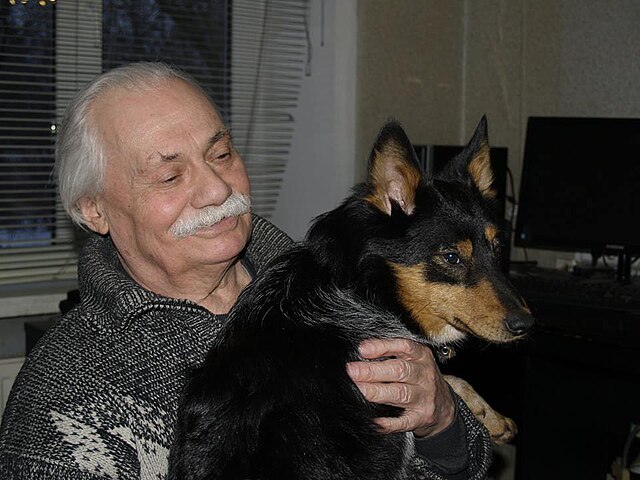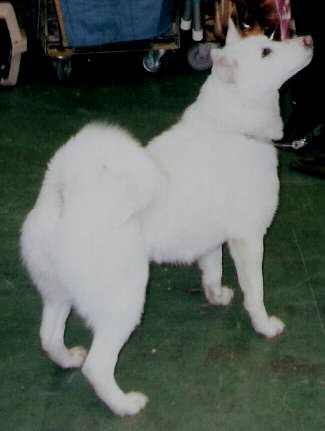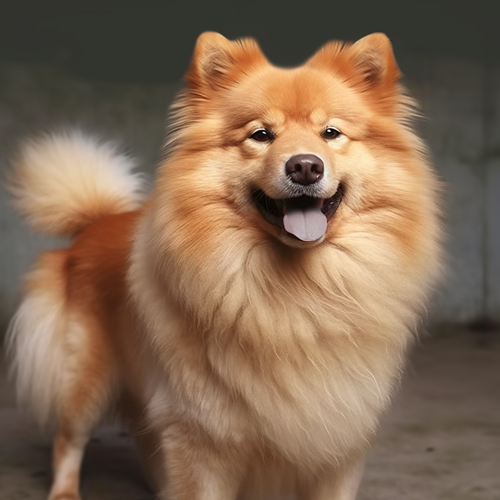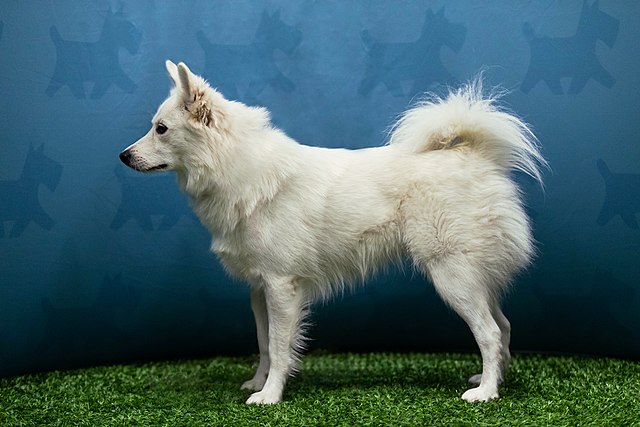The Siberian Husky was bred as an endurance sled dog – pulling people and supplies across the snowy banks of Siberia. In later years they were used for sled races and prized for their speed and durability in harsh weather conditions. They were bred to work a lot on only a small amount of food, which means they are easy keepers as far as feeding. Despite being specialists in the field of pulling, they are actually quite versatile with their talents and are able to adapt to many different jobs and lifestyles (as long as they are given things to do).
Siberians can be eager to please yet supremely independent when it comes to obedience training. They are very intelligent… but not always the easiest dogs to train. This said, obedience is absolutely recommended in order to create a better relationship between owner and dog, as well as to circumvent behavior problems from cropping up. As well as general mischievousness, both chewing and digging are two very common behavior problems for Sibes that can be mitigated by training. The chewing behavior can also be helped with an appropriate chew toy. If your Siberian loves to chew, the Benebone is built to handle even the toughest jaws – https://amzn.to/410F5TG.
Along with obedience, owners can choose to also train the dog in pulling sports (such as sledding, skijoring or carting). It is quite possible to train the dog to differentiate between walking politely on a leash as well as pulling when on a harness – and lucky dogs get to do both!
The Sibe has a unique temperament that people seem to either love or hate. They are affectionate when they want to be (without being too in-your-face), but also have a strong independent side. Friendly with everyone, whether family or stranger, they don’t make the greatest guard dogs and therefore cannot be relied upon to protect the house. That said, they make very loving family pets and tend to treat everyone equally (rather than choose one person whom is their favorite). Many Sibes enjoy being around, and playing with, children. Mature individuals can be fairly gentle as long as they were raised with kids. With other dogs, they tend to be friendly and cordial although housemates of the same sex may fight for pack hierarchy.
The Husky prey drive is almost famous, even among those who do not own one of these dogs. Many people have tales of them catching and dispatching of small animals – both wild as well as domesticated. This includes not only squirrels, rabbits, family “pocket pets” and birds… but also cats. Not every Husky is a cat-killer, and many live happily with their feline companions, however the breed’s high prey drive means that one must be extra careful. Choose a puppy from a line that has lower prey drive, socialize the puppy very early, and make sure the cat doesn’t dash through the house… and you will lower the chances of an injured kitty. 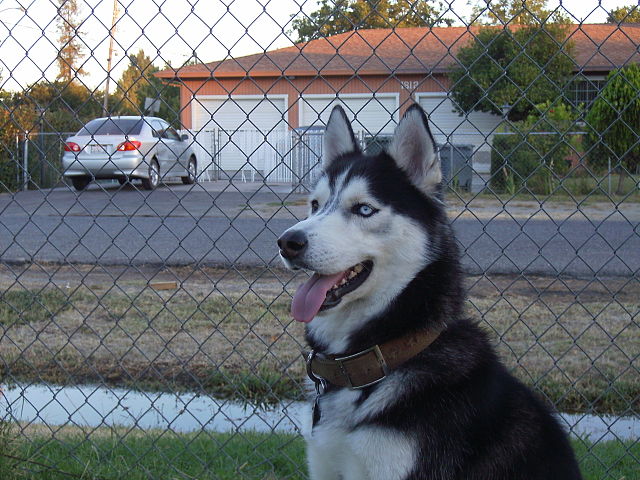
The Siberian Husky tends to have little to no doggy odor as he keeps himself meticulously clean. While he will still need occasional baths (especially if he gets caught in the mud), his coat is easier to care for than many other breeds. He doesn’t require any special trimming or clipping in order to look his best, just a weekly brushing for his thick double coat, plus regular nail care. He also doesn’t shed year-round like some breeds. That said, when he sheds – he really sheds! An owner will be surprised by just how much hair will need to be brushed out of the dog during shedding season.
Because they were bred to run, this is one of the Sibes’ absolute favorite pastimes! As such, every Sibe should be allowed to do so on a regular basis, although it must be in a fenced area because of their aforementioned high prey drive. Without this protection they are at a great risk of being hit by a car. For the same reason, the breed should always be kept on-leash as well. Off-leash training is possible, but an owner must be prepared to spend more time getting there and utilizing more distraction training than with other breeds. Even still, there is never a 100% guarantee that the dog still won’t bolt under the right set of circumstances and it is wise to always have a back-up fence encompassing the dog.
Siberians are extremely social animals and need to have the company of other people or animals at all times. They tend to do horribly in situations where the owner is at work all day, but some can put up with it if they have another dog to hang out with. This breed also prefers to spend his time alternating between indoors and outdoors, but the fenced backyard must be escape-proofed as this breed will think nothing of digging under or hopping over in order to fulfill their adventurous side! They are said to be the best escape artists of all breeds. As such, it’s usually a bad idea to keep a Sibe outside all the time without supervision and/or a Fort Knox-esque setup.
The Husky has a reputation for being super active, and indeed he is! These athletes need a lot of exercise every day in order to stay physically and mentally sound. A short walk will not cut it with this breed – instead he needs to jog, bike, or any other activity that will really put his muscles to work. As a working breed, this spitz also needs to have a job to do – ideally that he can do with his owner. It is very possible for a creative owner to combine these two needs into one. If these needs are not met, the breed can be downright a downright spaz in the house, as well as being uber destructive to the belongings inside (and outside) the house! This normally quiet breed can also turn into a problem howler.
Affiliate Disclaimer
As an Amazon Associate, I earn from qualifying purchases. This means that if you click on an affiliate link on this site and make a purchase, I may earn a small commission at no additional cost to you. Rest assured that I only link to products I have used, or use on a regular basis, and trust enough to recommend them to you!
